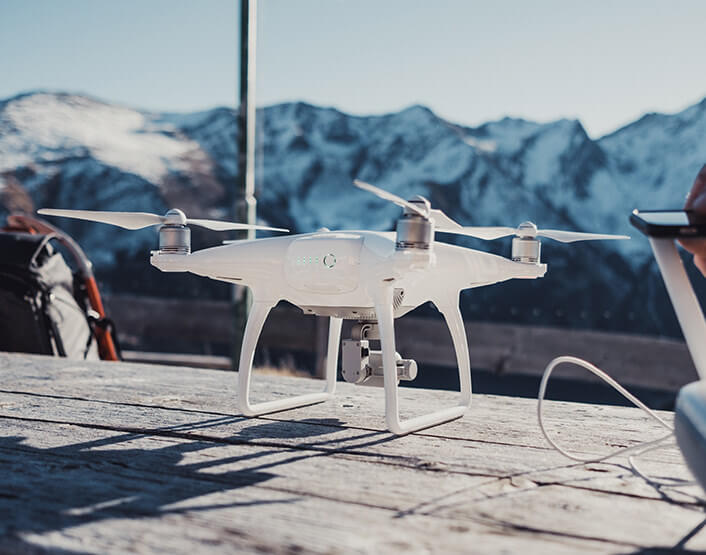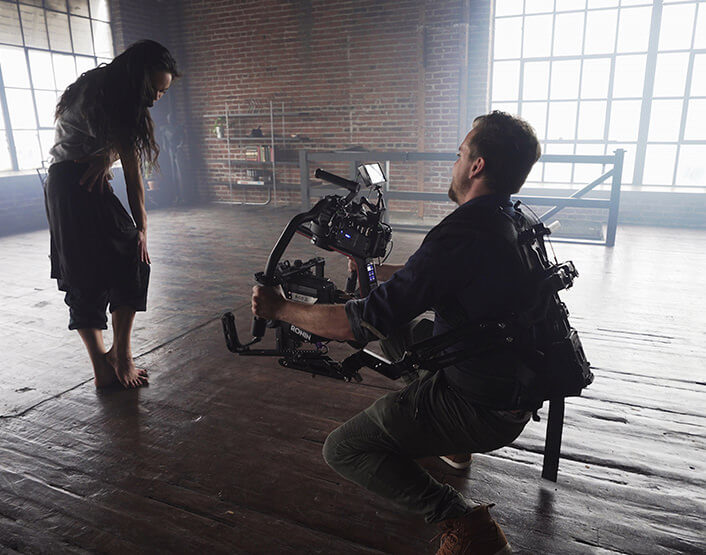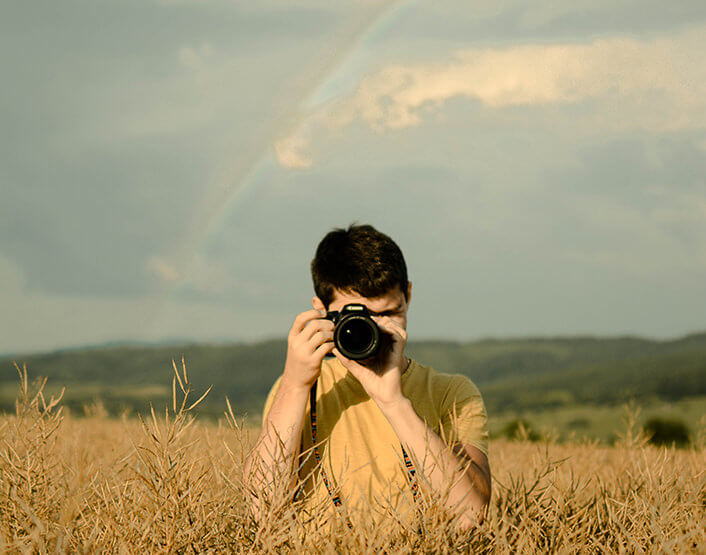Drones have become increasingly accessible to many people because, over the past years, manufacturers made affordable drones and cameras. This is also the reason why people can now afford to have drone videography as a hobby. Wherever you look now, people are trying to learn how to fly a drone, take amazing photos, and even turn their new-found skills into a thriving business.
And who would fault them, by the way? As a business venture, drone photography and videography is a profitable industry. Many couples hire photographers who can fly a drone to make their wedding photos and videos more interesting.
Real estate companies are hiring drone videographers, too, to take photos and videos of their properties, making it easier to market these to their target audience.
But to stand out from the rest of the pack, you need to maximize drone videography and elevate your skills.
ND filters
The lack of neutral density filters will make your videos look amateurish. These glass filters block the light from entering your sensors, so the exposure will be cut down without having to increase the shutter speed. Faster shutter speeds will make your videos look jittery.
Foreground elements
You can create an element of surprise by using a foreground before revealing your actual shot. It helps create an interesting composition and adds layers to your photos or videos. Utilizing some foreground elements will enhance the production value of your videos. Just like slow-motion and color grading, the use of foreground elements will make your shots better.
Moving and panning the camera
Slowly move the drone in one direction while panning the camera in the opposite direction. This is an easy maneuver, but it takes time to master this certain skill. Steady footage takes a lot of practice. To achieve this, you must adjust the gimbal speed to your liking.
Panning and tilting
To capture wide scenes with fast camera movements, you need to learn how to pan and tilt. Panning the camera left and right highlights the vast scenes while tilting the camera leads the viewers to the main scene. You can begin by tilting the camera close to the ground and slowly moving it up to reveal the scene.
Filming on the flight back
When you fly your drone back to the home base, keep on filming so that you don’t waste the flight back. Keep rolling when you fly back so you will have backup footage that you can use for creative purposes. You can always reverse this shot if the first take did not work out.





